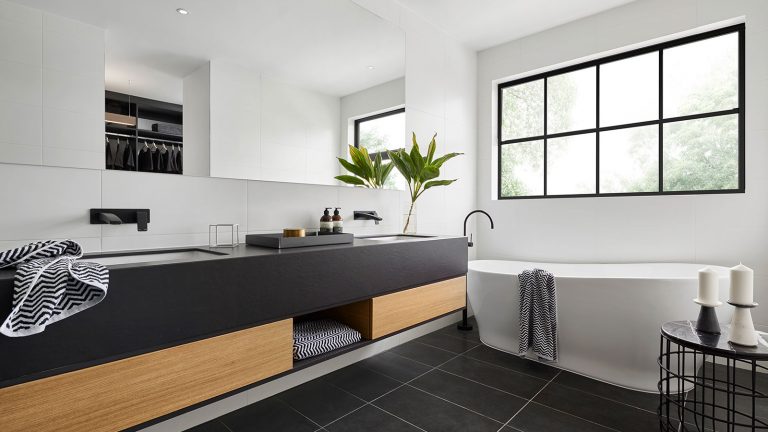
Gallery
A guide to window reveals
In its simplest form, a window reveal is the timber surround of the window unit; you might refer to it as the windowsill (although technically, only the bottom horizontal component of a window is called a ‘sill’).
While it sounds straightforward, reveals come in a range of specifications to help you achieve different aesthetic and functional goals throughout the home.
Before we get into the complexity of different reveal configurations and materials, let’s cover off some of the basics.
Basically, a reveal is the timber surround of a window that the window frame itself is attached to.
Imagine this: if you sit a small pot plant against the window in your loungeroom so it can get some extra sun, you’ll likely rest the plant on the flat timber edge that juts out slightly away from the glass. This space is the window reveal.
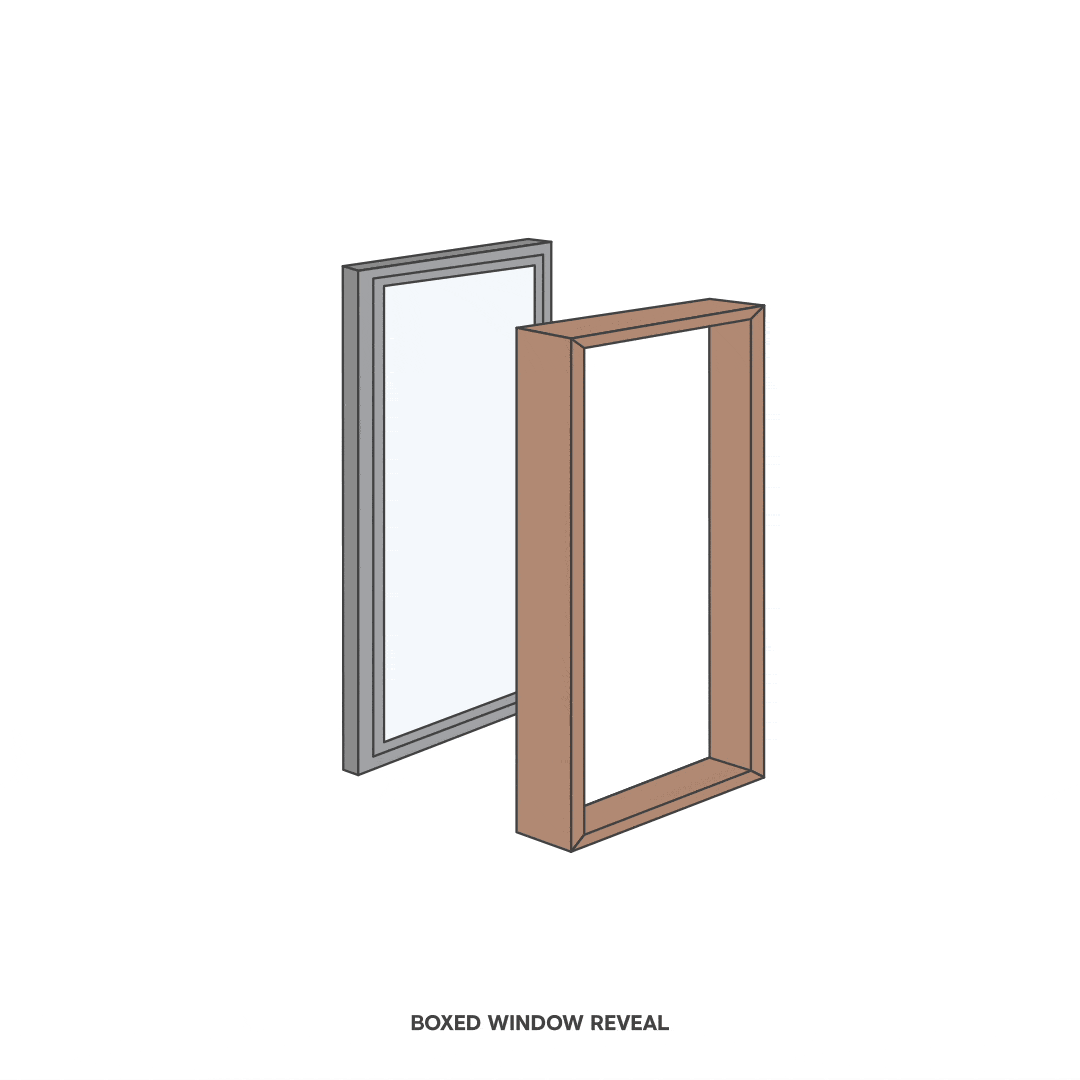
While that’s a basic description of a reveal, the appearance of a window reveal can change depending on the type of reveal you use; they come in a range of different styles for various applications.
A window reveal is used to fix the window itself into the stud wall frame. The main purpose of a reveal—regardless of which type you choose—is to provide extra support to the aluminium frame of the window unit.
Did you know: There are some instances where you can install a window without needing a window reveal for additional stability. For example, if you’re putting a window into a single skinned brick wall—commonly used in residential garages—you can use ‘brick piers’ to stabilize the installation, rather than a reveal. However, around 90% of the time you see a window, there’ll be some kind of window reveal in the configuration.
While the fundamental purpose of all window reveals is to provide stability, each type is suited to a different function.
Let’s take a look at the most common types of window reveals, and the scenarios where you’d likely choose each one.
The most common type of reveal is ‘boxed’. In this configuration, there is a window reveal fitted to all four sides of the window. That is, the flat timber surface jutting out from the glass exists on every ‘side’ of the window.
When would you use a boxed window reveal?
A boxed window reveal is generally used when you intend to fit architraves around the full perimeter of the window. A boxed reveal is available on all A&L Window products.
Here’s how a boxed reveal looks in the home:
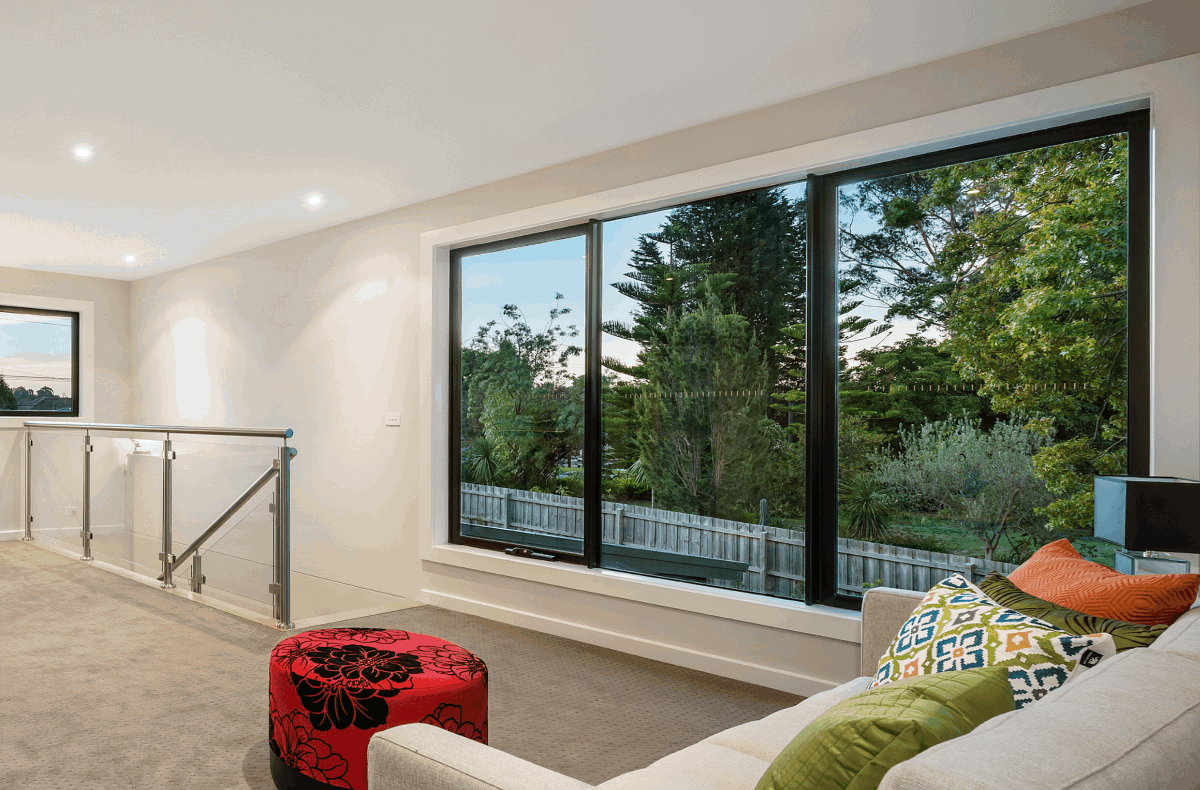
The next most popular type of reveal is the No Bottom Reveal (we’ll call it NBR from now on). An NBR configuration is similar to a boxed configuration, but with the timber reveal removed from the bottom of the window.
Did you know: each side of a window has a specific technical name. The vertical ‘sides’ of a window are called jambs; the horizontal top is called the head; and the horizontal bottom is the sill.
With the above terminology in mind, an NBR configuration will feature a reveal on the head and both jambs, but not on the sill of the window.
NBR is standard on all Sliding, Hinged, French and Bi-Fold Doors.
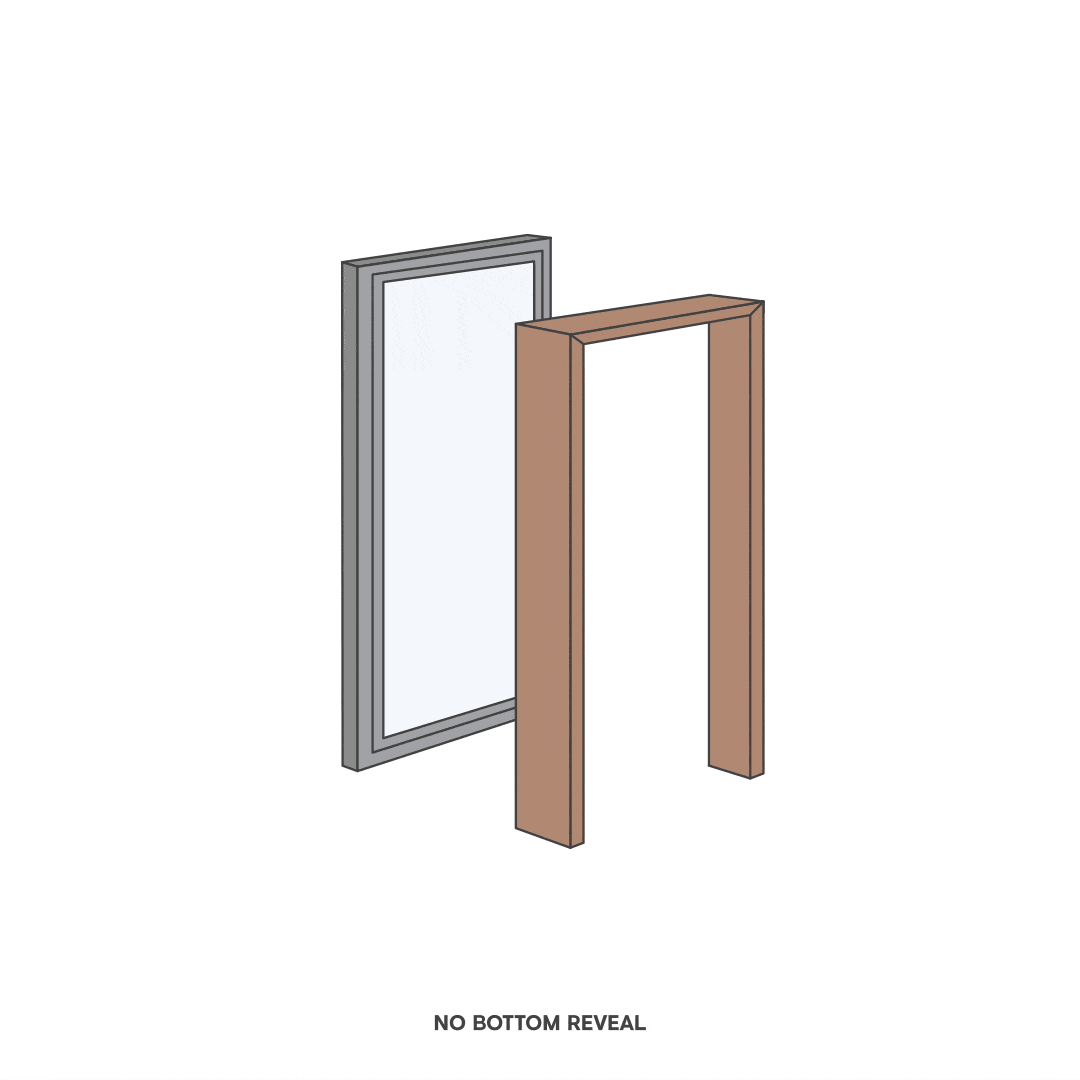
When would you use an NBR configuration?
An NBR configuration is typically used in one of three scenarios:
Here’s how an NBR looks in the home:
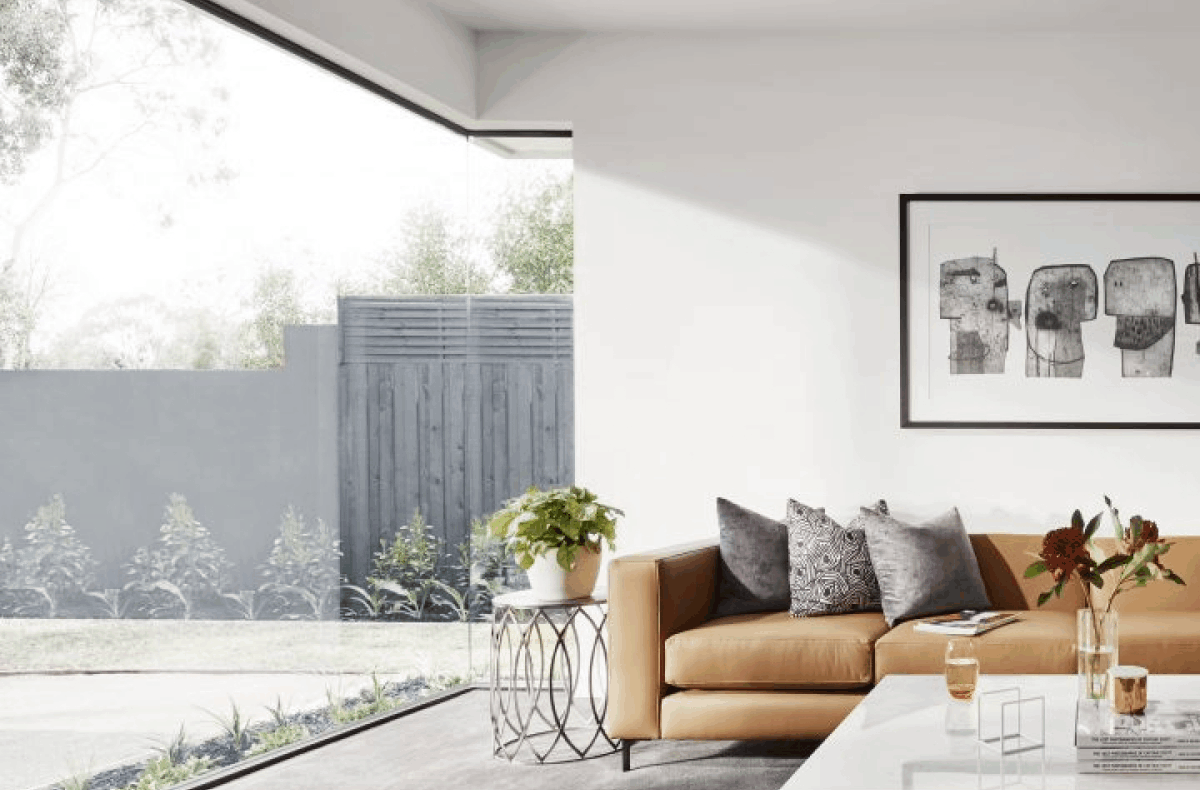
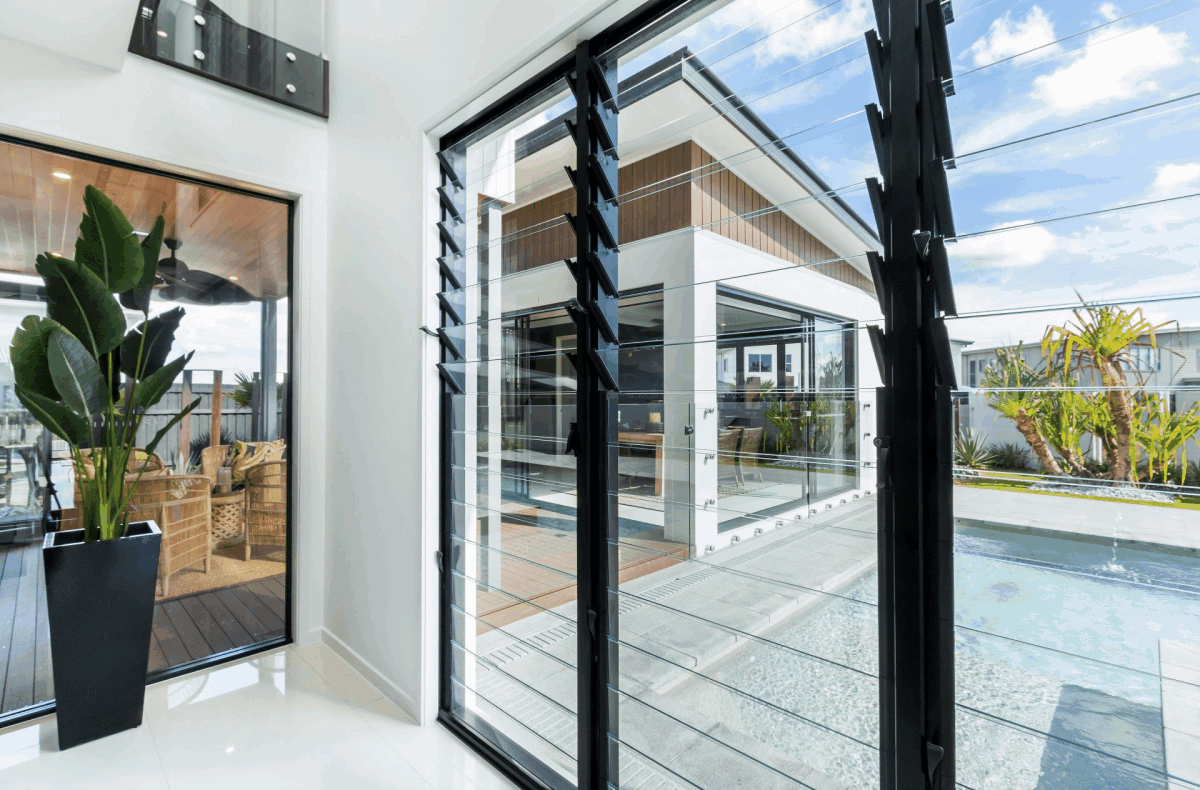
A plaster return reveal is similar to a boxed reveal, but it does not feature an architrave. As a result, there’s no timber window frame visible. This allows plaster to continue seamlessly from the wall into the glass.
When would you use a plaster return/square set reveal?
A plaster return reveal is generally used in a bathroom or a kitchen, because you can tile the plaster all the way up to the frame of the window. The tile then protects the plaster and reveal from water damage. Corking or silicone can be applied between the tiling and the window to create a sealant and protect against exposure to water.
Here’s how a plaster return/square set reveal looks in the home:
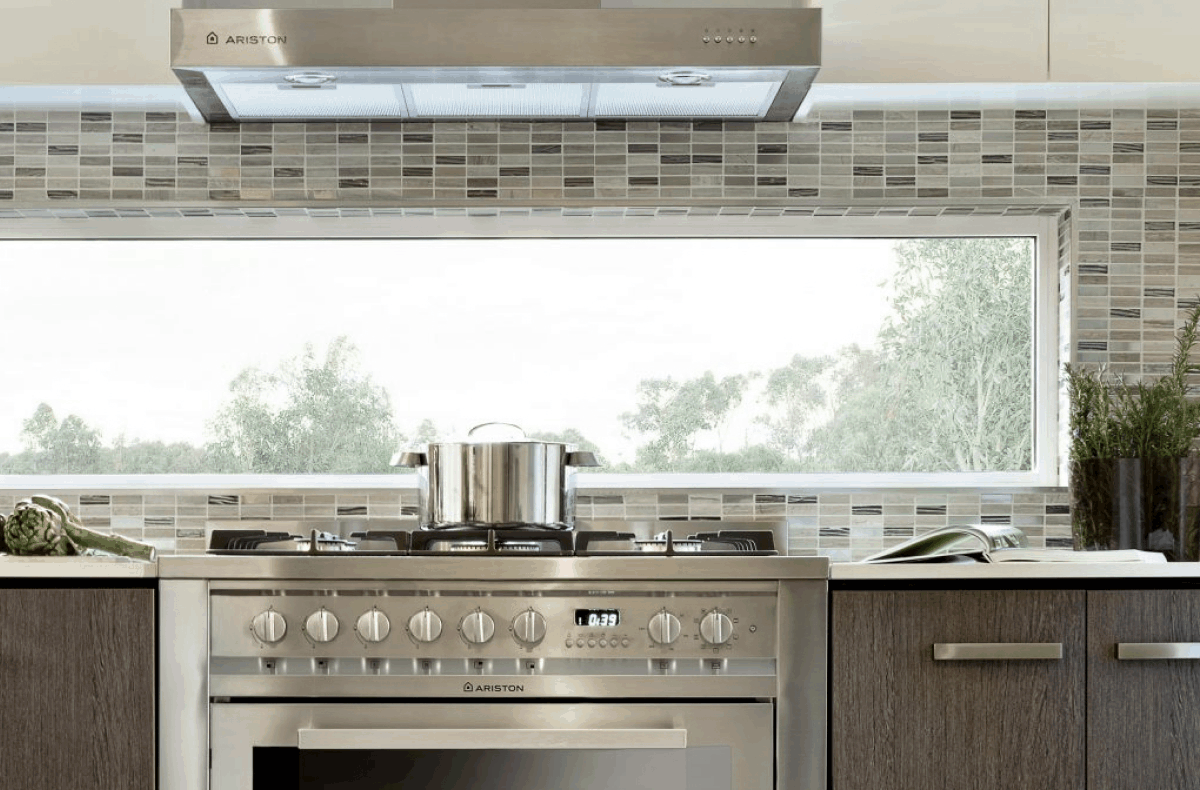
In addition to the three main types listed above, you have a range of slightly more sophisticated reveal options to choose from. The right reveal for you depends on functional and aesthetic goals you’re looking to achieve in the home. Alternative types of reveals include:
And many more. Our experienced team members can help you choose the most appropriate reveal configuration for your specific needs.
Regardless of the type of reveal you choose, the finish will always be a variety of timber. We offer a range of timber options depending on your location.
In Victoria and Southern New South Wales, you can choose from:
In Queensland and Northern New South Wales, you can choose from:
There are no hard or fast rules as to which type of reveal should be used in any given situation. The choice ultimately comes down to your personal preference and where the window appears throughout the home.
With that said, it is helpful to consider the following questions before talking to a window specialist:
While window reveals might seem straightforward, there’s a subtle sophistication associated with choosing and implementing the right configuration for your needs.
For more insight into different types of window reveals that are available—and how they can help you meet different objectives throughout your home—get in touch with the team today!